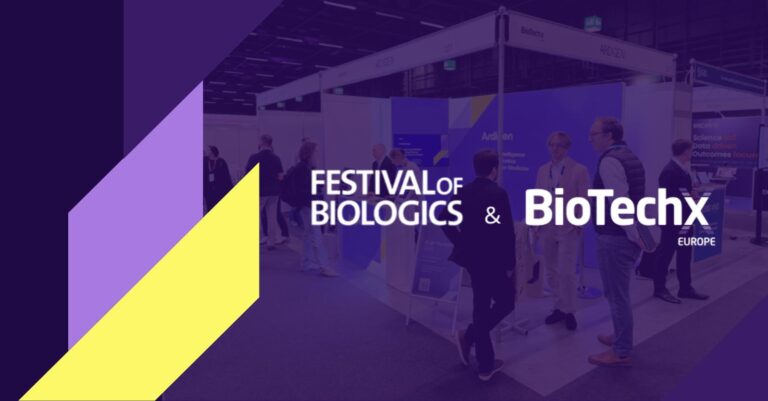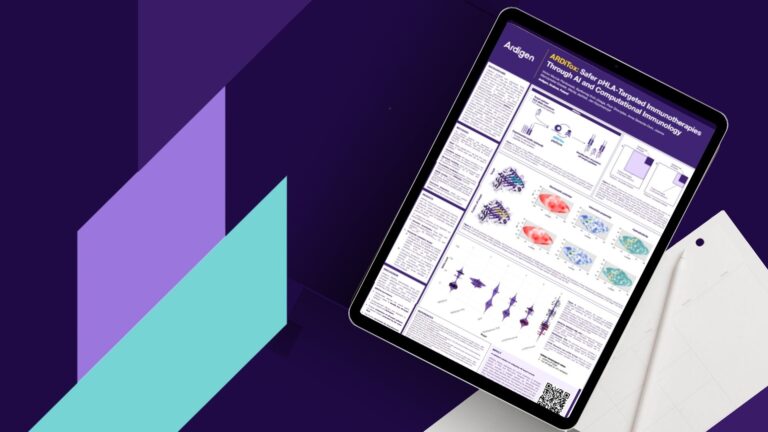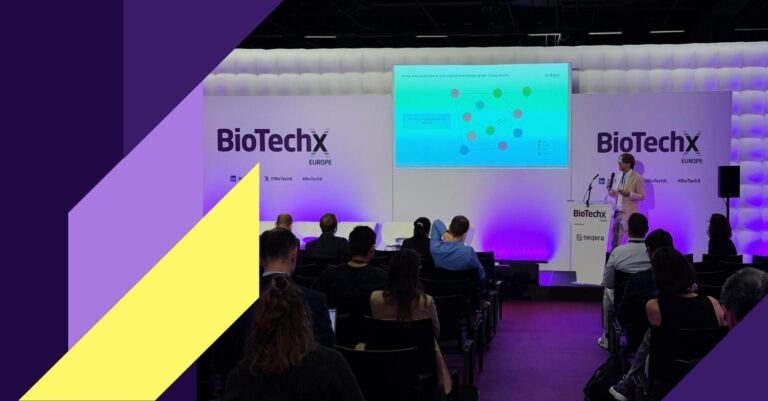Spatial biology has gained significant attention recently. With advanced spatial analysis tools and the interpretive power of AI, researchers can now uncover how tissue ecosystems influence the success or failure of the therapy. The future direction is clear. We must strengthen our ability to see biology in space, not just in sequence.
What Is Spatial Biology and Why Does It Matter Now
Spatial biology is the study of molecular and cellular processes in the context of intact tissue architecture. Unlike traditional bulk or single-cell assays that require dissociating cells, spatial approaches preserve the information about how cells are organized and interact with their neighbors.
Earlier technologies, though powerful, fell short of delivering this integrated picture. Techniques such as laser capture microdissection or single-cell RNA sequencing could measure gene expression, but they sacrificed information about neighboring cells and microenvironments. Similarly, in situ hybridization or standard immunofluorescence offered localization, but with limited multiplexing and problematic quantitation. Spatial biology addresses these gaps, offering both breadth and depth of molecular profiling in situ [2]
This intact context is crucial for understanding complex biological systems and addressing key questions that could not be answered previously. In oncology, it explains why immune cells may surround but not penetrate tumors. In neurobiology, it shows how neurons and glia form functional circuits. In infectious disease research, it uncovers how pathogens disrupt local tissue ecosystems.
For instance, during the COVID-19 pandemic, spatial approaches revealed how infected and immune cells interacted within lung tissue. Bulk sequencing would never provide such an insight alone.
The field’s momentum is reflected in recognition by Nature Methods: spatial transcriptomics was named Method of the Year in 2021, and spatial proteomics followed in 2024. These milestones underscore the importance of expanding our reach beyond single-molecule research [1].
How Spatial Context Reveals Interactions and Heterogeneity – Emerging Applications
Putting proteins in their whole cell and tissue context helps decode how cells form ecosystems, why treatments fail in certain circumstances and where new therapeutic opportunities may occur.
Spatial profiling enables the detection of ligand–receptor interactions and other cell-to-cell communication pathways that orchestrate tumor growth, immune evasion, or treatment resistance. For example, receptor tyrosine kinase ligands such as EGF or VEGF can activate pro-survival pathways when expressed by tumor and stromal cells in proximity.
Spatial analysis also uncovers distinct niches within the tumor microenvironment (TME). Neighborhood analysis shows how proliferating, hypoxic, or immune-rich regions emerge, each with unique biological properties. In glioblastoma, researchers have identified layered microenvironments, ranging from hypoxic cores to immune-infiltrated peripheries, which explain tumor aggressiveness and therapeutic challenges [3].
Even when tumors share the same genetic drivers, their responses to therapy can diverge based on spatial organization. Spatial biomarkers such as the distance between cytotoxic T cells and tumor cells or the formation of tertiary lymphoid structures correlate with immunotherapy outcomes. Thanks to the integration of spatial transcriptomics and proteomics, clinicians can better predict which patients are more likely to respond to an immune checkpoint blocker and which harbor resistant cellular neighborhoods.
Spatial analysis enables a shift from targeting bulk biomarkers toward precise drugs that disrupt complex cellular interactions. Moreover, highly multiplexed datasets can be distilled into a clinically deployable companion in diagnostics, ensuring that patients receive the therapy most likely to succeed in their unique biological context.
Spatial Analysis Tools for Modern Research
A diverse set of spatial analysis tools now allows researchers to profile thousands of genes or proteins in their original location:
- Spatial transcriptomics platforms (e.g., Visium, BGI Stereo-seq) capture wide gene expression while retaining the positional information of cells in intact large tissue sections. They map tumor heterogeneity, identifying invasive fronts and uncovering cell states that emerge only in specific spatial niches.
- Multiplex imaging platforms (e.g., CODEX, MIBI, CosMx, Xenium) visualize dozens to hundreds of proteins or RNAs simultaneously, often at single-cell or even subcellular resolution. These methods excel in unraveling the immune landscape, stromal remodeling, or vascular changes.
- Digital spatial profiling (e.g., GeoMx) combines sequencing and imaging approaches, using photocleavable probes to release barcoded tags from defined regions of interest. This approach is advantageous when only limited tissue is available, such as in biopsies.
- Spatial multi-omics integrates multiple data types on the same tissue section. For example, spatial CITE-seq combines whole-transcriptome profiling with antibody-based protein detection, while spatial epigenomics and spatial metabolomics are beginning to reveal chromatin state and metabolic gradients in the original location. These integrative methods offer a more comprehensive understanding of how diverse molecular layers influence tissue ecosystems.
Together, these tools provide both breadth and depth: genome-wide discovery and single-cell precision, all while keeping cells in their native context.
How AI Can Help Interpret Spatial Data
In spatial omics, millions of data points across thousands of cells demand computational power. Artificial intelligence algorithms interpret spatial data at a scale beyond human capability, translating maps of cells and molecules into clinically actionable insights. There are several areas where AI has become indispensable:
- Image recognition and segmentation: computer vision models such as CellPose or StarDist outperform manual or rule-based segmentation thanks to learning from large, annotated histology datasets. This ensures reliable cell boundaries, which are crucial for downstream molecular quantification.
- Neighborhood and microenvironment analysis: machine learning models identify clusters of cells that interact with each other, forming the functional environments. By recognizing patterns of proximity and molecular states, AI helps map how hypoxia, immune infiltration, or stromal remodeling impact disease progression.
- Cell-to-cell communication inference: deep learning and graph-based AI tools (e.g., Giotto, COMMOT, SpaOTsc) infer ligand–receptor interactions from spatially resolved gene expression. They can predict which cells communicate directly with others and whether their communication promotes tumor growth, immune suppression, or therapeutic resistance.
- Integration with single-cell and bulk datasets: AI enables data integration across modalities, linking spatial transcriptomics with scRNA-seq, proteomics, or histological data. This integration enhances sensitivity, refines cell-type annotations, and allows the mapping of transcriptional states back into tissue space. For example, methods such as STELLAR or TESLA utilize deep learning to match cell states across spatial and single-cell profiles.
- Predictive modeling and biomarker discovery: advanced artificial intelligence can transform spatial patterns into biomarkers. “Spatial scores,” which quantify the distance between immune cells and tumor cells, outperform traditional single-marker assays in predicting response to immunotherapy. With sufficient training data, AI can even predict molecular features (e.g., mutational status, PD-L1 expression) directly from routine H&E pathology slides.
Spatial Biology Conference 2025 – What to Expect
If you want more insights on how to use artificial intelligence to get the most out of your spatial biology approach, get to know us at a key event shaping the field this year. Visit us at the Biomarkers & Precision Medicine Conference, hosted by Oxford Global, taking place from October 27 to 28, 2025, in San Francisco, CA.
Highlights from the meeting include:
- Spatial Biology for Precision Medicine: sessions on techniques, multi-omics integration, pharmaceutical applications, and clinical translation.
- Digital Pathology & AI: workshops on digital pathology, image analysis, and multimodal data fusion in drug development,
- Biomarkers: technologies for biomarker discovery, analysis and development in personalized patient treatment.
The conference will also feature the Precision Medicine Awards Gala, spotlighting institutions and individuals pushing the boundaries of biomarker science.
For scientists and companies working in this space, the event is both a knowledge hub and a collaboration platform, ensuring that discoveries in spatial biology are rapidly translated into real-world diagnostics and therapies.
Let’s meet at Booth No. 15. We are excited to talk to you there.
Author: Martyna Piotrowska
Technical editing: Ardigen expert: Marek Kudła, PhD
Bibliography:
- Method of the Year 2024: spatial proteomics. Nature Methods. 2024 Dec 1;21(12):2195–6. https://doi.org/10.1038/s41592-024-02565-3
- Pierre LT. Why Spatial Biology Enhances Spatial Transcriptomics Data [Internet]. NanoString. 2021 [[cited 2025 Sep 3]. Available from: https://nanostring.com/blog/why-spatial-biology/
- Gong D, Arbesfeld-Qiu JM, Perrault E, Bae JW, Hwang WL. Spatial oncology: Translating contextual biology to the clinic. Cancer Cell. 2024 Oct;42(10):1653–75. https://doi.org/10.1016/j.ccell.2024.09.001
- Biomarkers US Timelapse [Internet]. Oxfordglobal.com. 2025 [cited 2025 Sep 3]. Available from: https://oxfordglobal.com/precision-medicine/events/biomarkers-precision-medicine-us




